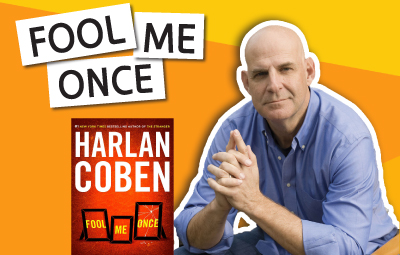
Remember the video game World of Warcraft? I'd lost track of it, until recently when it came up in a book on addictive technologies. As a reminder, World of Warcraft (WoW) is a massively multiplayer online role-playing game with millions of players from around the world who create avatars that roam across landscapes, fight monsters, complete quests, and interact with other players. In case you thought video games were completely benign, here's a few interesting stats:
World of Warcraft may be one of the most addictive behavioral experiences on the planet. Almost half of WoW players consider themselves "addicted."
Popular Science magazine described WoW as the "obvious choice" when searching for the world's most addictive game.
There are now support groups with thousands of members, and more than a quarter of a million people have taken the World of Warcraft Addiction Test.
In ten years, World of Warcraft has grossed more than 10 billion dollars, and attracted more than one hundred million subscribers. If they formed a nation, it would be the 12th biggest on the earth.
It interferes with sleep because it's difficult to sleep when you know that your guild-mates in Copenhagen, Tokyo, and Mumbai are on an epic quest without you.
Games like WoW attract millions of teens and young adults, and up to 40% develop addictions. Several years ago a computer programmer and clinical psychologist joined forces to open a gaming and Internet addiction center near Seattle called reSTART.
Are all video games addictive? Obviously not. But there are plenty more like World of Warcraft that have similar horror stories from users. In a world that's quickly moving toward accepting all technology without caution or discernment, this might be a good reminder to think clearly about the long term impact of your next device, app, or game.
Statistics taken from the book, "Irresistible: The Rise of Addictive Technology and the Business of Keeping Us Hooked."









































































